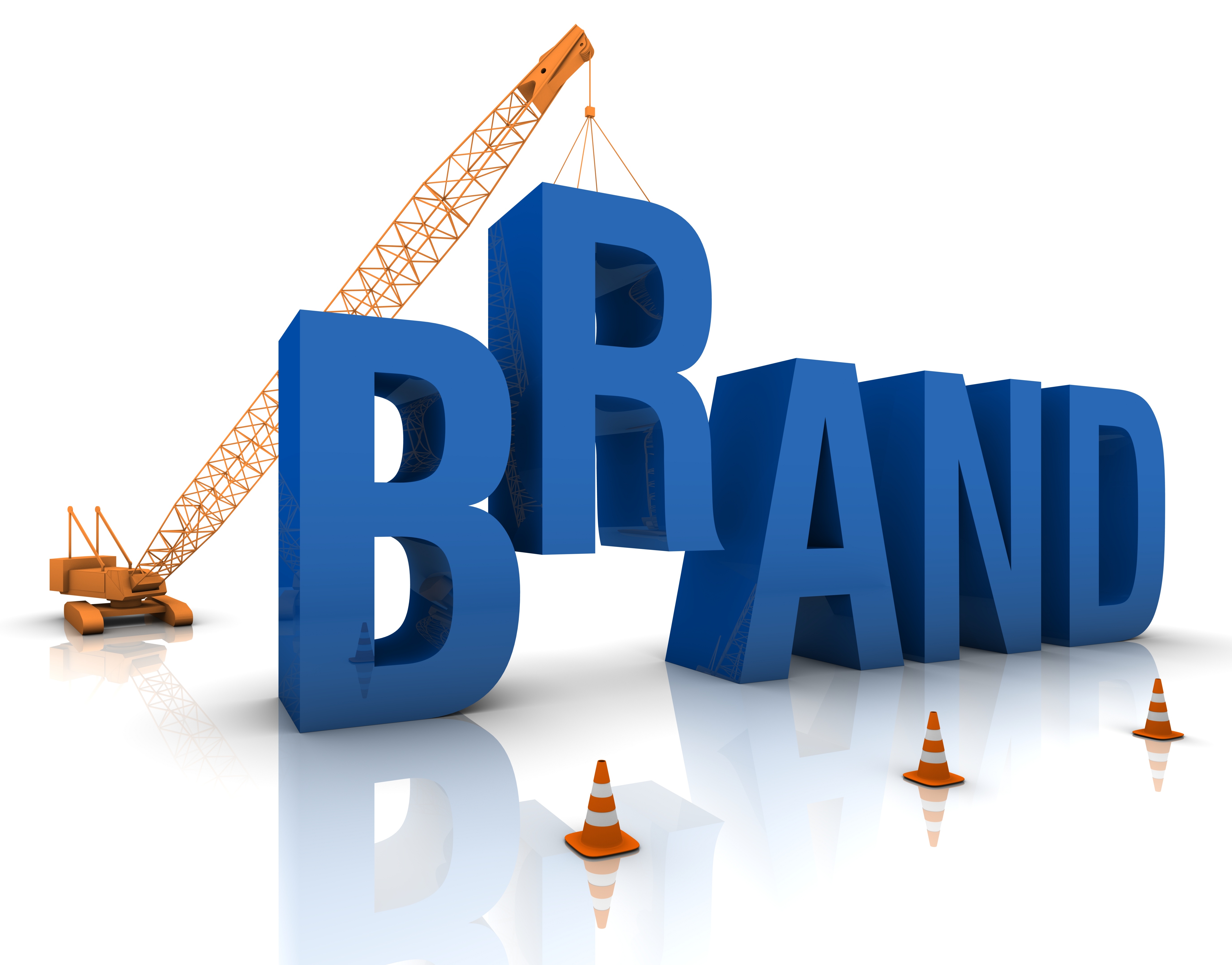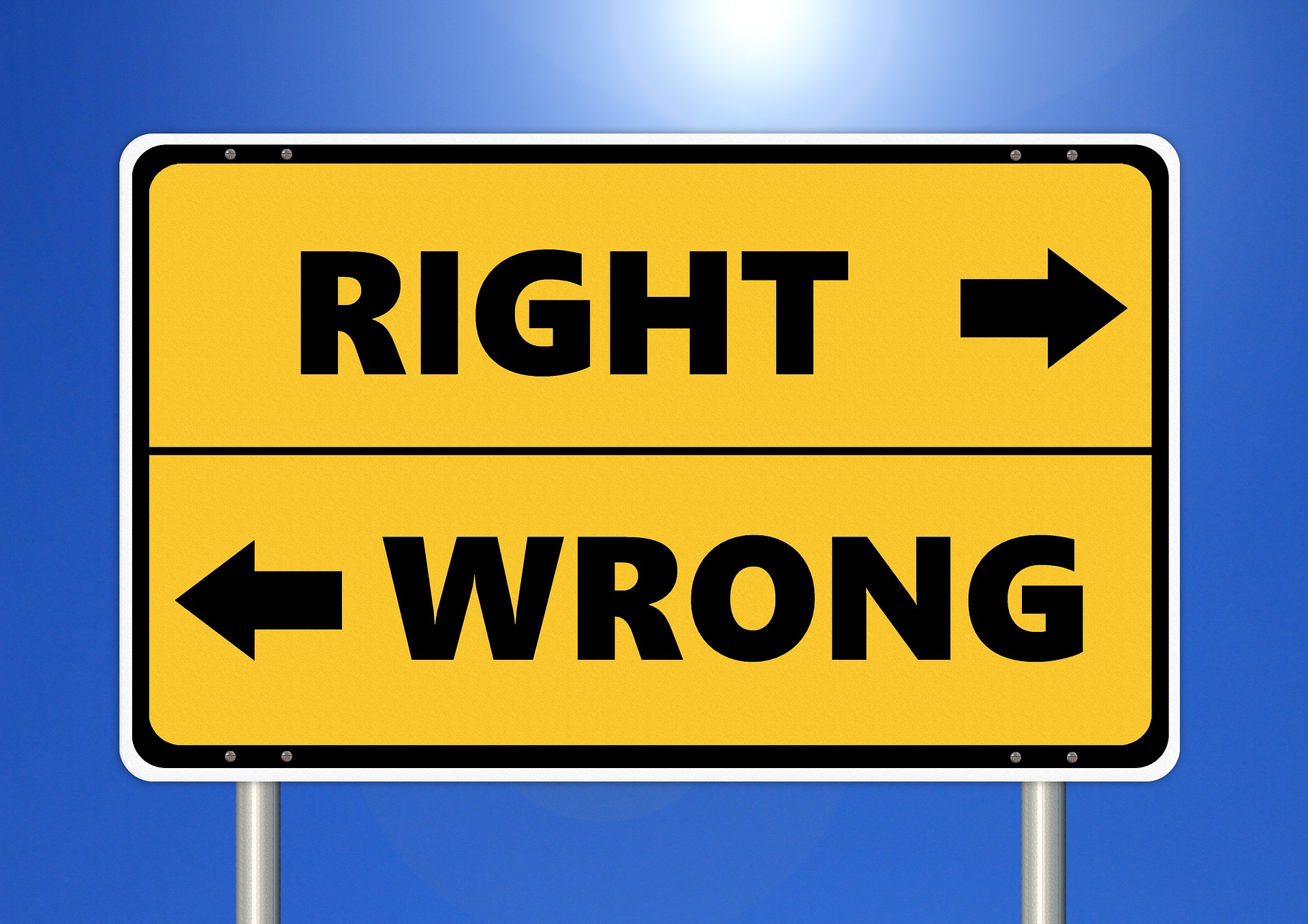“What’s a Mod Op?”
That’s the question I heard from clients, friends, and PR colleagues when I told them that Crenshaw Communications, the PR firm I founded in 2009, had become part of Mod Op, a leading digital marketing and communications agency.
Mod Op is on an impressive growth trajectory and its profile is rising fast, but it’s better known in marketing circles than in the PR business. So, I’ve had to spell the name once or twice. I’ve explained that it hearkens to the Latin modus operandi, which means “way of operating” and implies a distinct approach and commitment to one’s work. In that regard, the name is fitting.
But beyond the name, here is what Crenshaw’s acquisition by Mod Op means to us, our clients, and our future.
An instant expansion of services
As our base of B2B technology clients has grown, they need more than the earned media, executive visibility, and thought leadership positioning our programs provide. While we’ve flirted with adding new offerings and have brought in consultants for specialized needs, there’s nothing like the real thing. As Mod Op, we offer market research, SEO, data insights, website development, creative services, and a whole lot more. This, while maintaining our identity as Mod Op’s strategic business unit for public relations.
A greater depth of talent
In the short time we’ve been part of Mod Op, we’ve been wowed by the depth of talent here. It’s going to take time to get our arms around it, but it’s exciting to be part of this larger team. I feel like I learn something new every day, whether it’s about an amazing client campaign, insights from the AI committee, or just chat about the latest new business pitch. Sharing office space with Mod Op Strategic Consulting (formerly dPrism, a digital transformation consultancy) and learning about their work, which is at the intersection of data, technology, and business, has been fascinating and thought-provoking. It all translates into greater mobility and opportunity for our team and a deeper offering for clients.
An entrepreneurial culture
We’re a small and nimble team, and we represent high-growth businesses that prize independent thinking and proactivity. As a result, we’re an entrepreneurial group. We value that spirit and feel it has been a driver of our growth and success. Although it’s a larger company at over 200 employees, Mod Op’s leadership and culture reflect very similar values.
An eye on the future
Artificial intelligence is changing everything. It’s the biggest inflection point for business transformation, and we have only begun to realize its potential. Our clients are grappling with its impact and implications, and so are we. We all need top-quality analysis, insights and objective advice to do that. Mod Op’s leadership team was quick to recognize the transformational nature of AI for marketing and PR, and they’re committed to scaling our expertise and our offerings. The agency’s tagline is “Accelerating Growth Through Data, Human Creativity + AI.” They take this mantra seriously.
As a PR team that serves high-growth technology clients, so do we. Mod Op’s emphasis on AI-driven solutions as a complement to human creativity and inspiration resonated because it’s aligned with our thinking. But it invites us on a bigger and broader mission. My partner Chris Harihar has helped drive our growth, in part because he understands the power of technology, especially AI. Our team has developed a reputation as an innovator for that reason.
We joined Mod Op so we can take things to the next level. It’s going to be an exciting trip.










